There are many amazing and wonderful animals in our planet. From the big ostriches down to small koalas, the list is endless.
Animals That Start with the Letter N
Here, we will provide you with the list of animals that starts with N!
1) Nuthatches
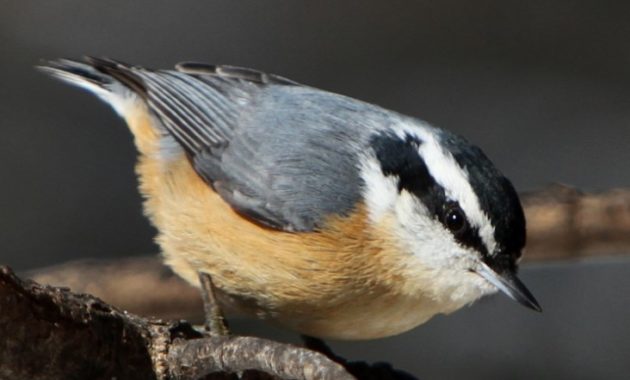
Nuthatches belong the family bird of Sittidae – a Greek word utilized by Aristotle, which perks at the bark of trees.
It’s a corruption of the old English name “nuthack” that the British nuthatches were given due to their habit of wedging insects, nuts, and other food in tree crevices and hacking them open with its sturdy and long bill.
These animals are the thickets, nervous and stub-tailed small bird, which scurry down tree trunks, jerks, hops and takes short moves and jumps along under the branches.
2) Nyala
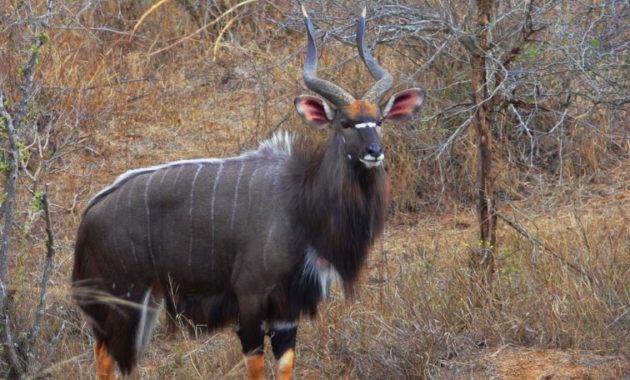
Nyala or also known as Tragelaphus angasii is med-sized Southern African antelope. It belongs to the bovid family that inhibits in dense woodlands and dry savannas.
Most of the times, it prefers places, which offer a permanent supply of fresh grass and water. Lack of food, habitat loss and several viral diseases are a big threat for the survivals of these animals in the wild.
Fortunately, its population is still stable and big enough. Nyala is not the list of those endangered animals. Further, Nyala can grow 4.5 to 5.25 ft. in length and 120 to 280 pounds. Commonly, males are much bigger than females.
3) Numbat
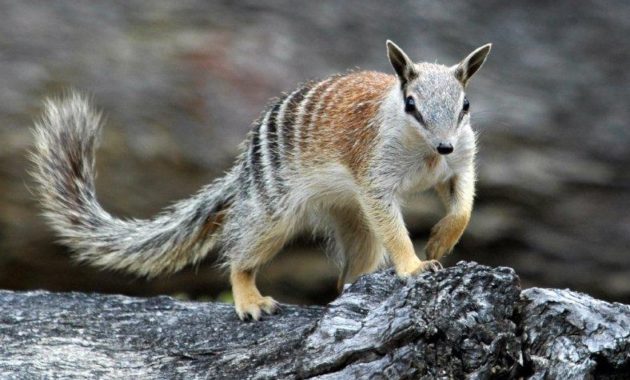
Numbat, also called as the bander anteater is a small rare marsupial animal native to some parts of Australia. They have a very long sticky tongue, which enables them to pick up termites that they eat.
They are slender animals, along with small upright ears and small pointed head, long bushy tail and four short legs with long claws.
It’s grey-brown to reddish in color together with white and black banding on the rump and back, long black stripe across its eyes and beige underbelly.
4) Nandu

Also known as Rhea, nandu is a flightless bird that is native to South America. This rattie is known to be the biggest bird throughout America.
Nandu is a fast runner, and whenever it runs, its neck is nearly horizontal to the ground. They congregate in flocks of twenty to thirty birds.
They are ostrich-like birds that carry a gray-brown plumage, long legs and long necks with 3 toes on each. The adult males can grow 1.50 m and weighs around 40kg.
They are omnivous birds that gather in a flock to look for roots, leaves, seeds, fruits and other small animals like lizards, beetles, and grasshoppers.
5) Noolbenger
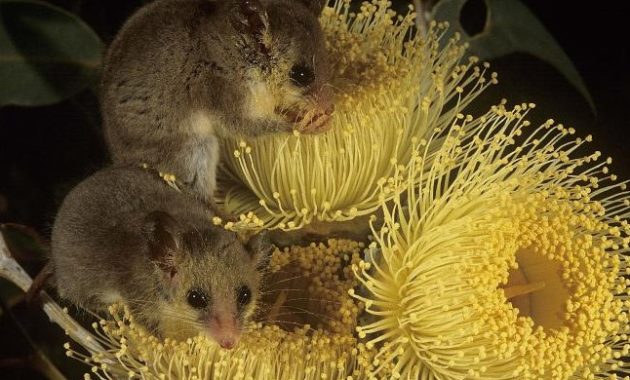
Harmless, adorable and tiny, noolbenger has it all. Amongst all mammals, it acquires the cuteness only rivaled kittens have. Given that it’s small, it leaves smallish waste droppings.
Most of the times, they little ad cute creatures send its days going on lengthy walks and sticking its nose into flowers to slurp some nectar and munch pollen.
This unique mammal reaches around 6 to 9 centimeters long and weighs around 7 to 11 gram. It has a whiskered, long, and prominent snout, long-bristled toes and tongue with sharp claws utilized in gripping barks and leaves.
6) Nightjar
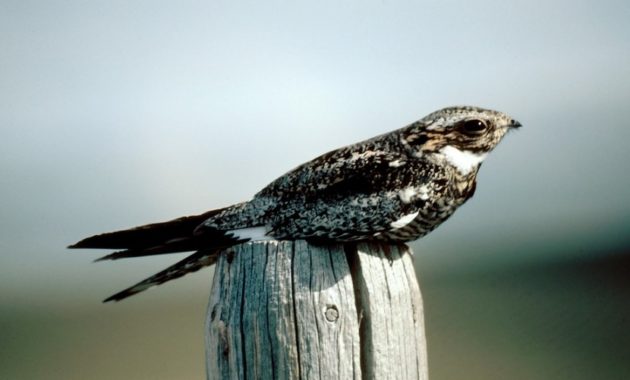
Nightjars are nocturnal birds and could be seen hawking for food as dawn and dusk. Along with long tails and pointed wings, their shape is the same with a cuckoo or kestrel.
Their grey-brown, cryptic, streaked, barred and streaked plumage offers perfect camouflage during the daytime.
Further, they have an almost mystical reputation with their silent flight and their supernatural ability to take milk from goats.
They are typically seen on the heathlands, open woodland, moorlands with clearings and lately felled conifer plantations.
Nightjars reach around 25 to 28 cm long and with a reddish-brown plumage, which resembled tree barks.
7) Nēnē
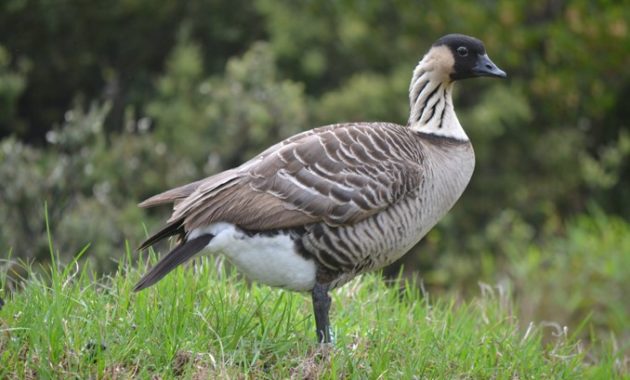
Nēnē is an endangered bird derived from the Canadian Goose. They measure between 24-27 inches in length and has a black bill and head, buff cheeks, buff neck along with dark furrows and webbed black feet.
In case you didn’t know yet, the reduction of webbing in the middle of their toes as well as the upright posture allows them to walk easily on the rocky lava flows.
They are frequent residing in golf courses, grassland, scrubland, and vegetated slopes in a lowland country. Their diet includes herbs, seeds of grasses, buds, leaves, fruits and flowers and several plants too.
8) Nilgai
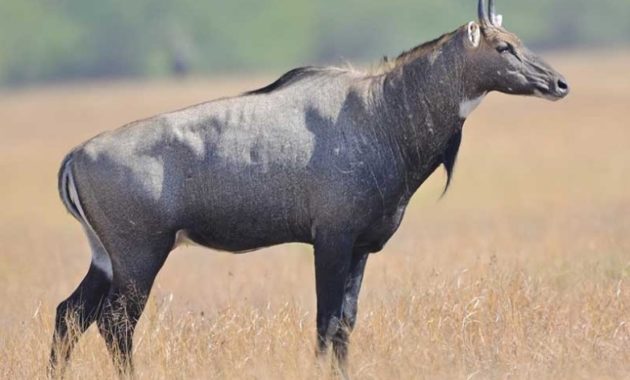
Often referred as the “blue bull,” nilgai is the biggest of all Asian Antelopes and is one of the most seen wild animals in India. It’s only 2 species in the family Boselaphini and one of the 3 tribes in the subfamily Bovinae.
Nilgai is known to be native in northeastern Pakistan, lowland parts of Southern Nepal, and the peninsular India.
Adult males also refereed as blue bulls grow to around 180 to 200 cm long, and weighs between 120 to 240 kg.
Male nilgai has a bluish-gray coat, narrow and long heads with a white spot on the cheeks, erectile mane, two conical horns and white throat bib.
9) Nutria
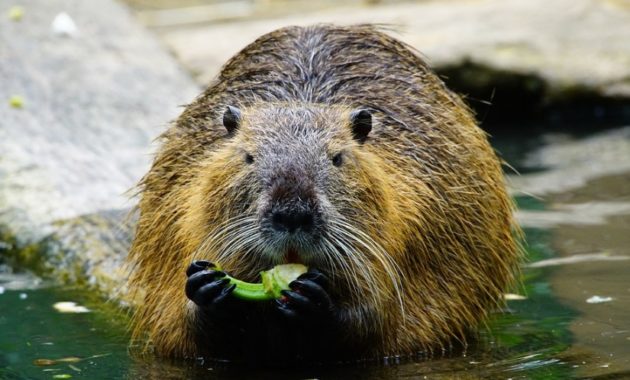
The Nutria or the Myocastor coypus is a big semi-aquatic rodent. This generic name is descended from two Greek words “mys” for mous ad “kastor” for beaver, which translates to as a mouse beaver.
Nutria is much smaller than a beaver; however, a bit bigger than a muskrat. Compare to beavers, it has a slightly and round haired tail.
Its forelegs are quite small compared with the size of its body. Male are slightly bigger than females. They weight an average of 5.4 kg.
10) Neon Tetra
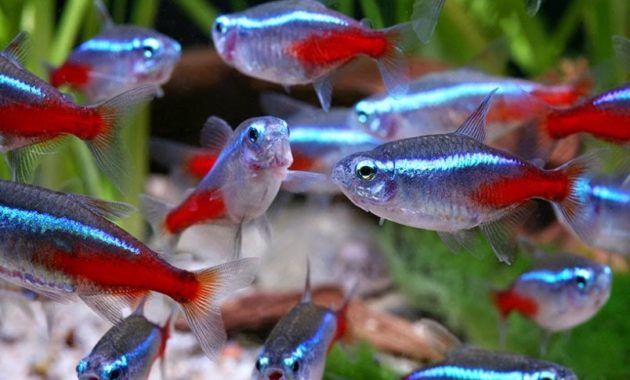
The Neon Tetra fish is known to be the one of most eye-catching of all readily available tropical fish. It’s a fresh water fish of the Characidae family, widespread on the bodies of waters of South America, especially in Brazil, Peru, and Columbia.
It sports a bright transparent coloring along with a sliver-white and blue-black belly. There’s a unique mark of the fish – a glistening blue horizontal stripe running from both sides of its body down to adipose fin base.
Further, there’s a shining red stripe, which begins at the fish body and expands to the end of its caudal fin.
11) Nurse Shark
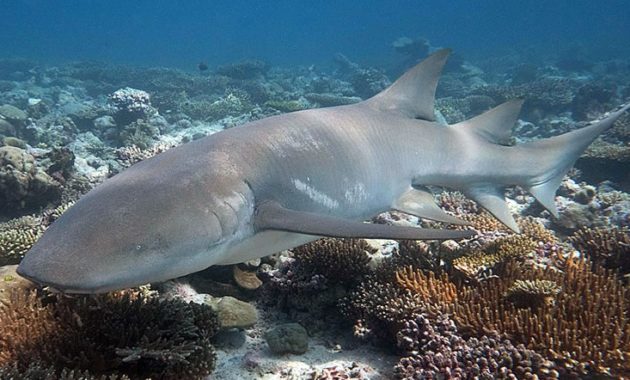
If you are familiar with Bilbo Baggins from the Lord of the Rings, the scientific name of the nurse shark is something like this: Ginglymostoma cirratum.
The one Bilbo said to summon elves to come to his rescue. The scientific name is a combination of Greek and Latin that means, “Curled, hinged mouth”. This is a description of the shark’s puckered appearance.
These typically slow moving creatures are harmful to humans. At some point, they would grow to a large size up to 14 feet. They have strong jaws filled with very sharp teeth.
If you are a diver, it would be wise to not harm these sharks because you might have the chance of being bitten.
12) Newt
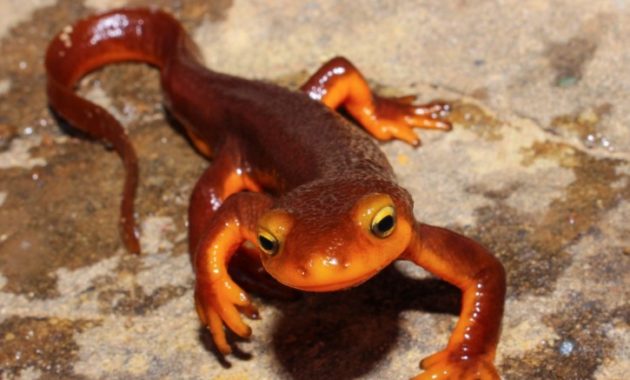
The newt is classified as a small amphibian. It grows about 15 cm, long. However, the size of the newt would depend on the habitat it practically lives.
If you would observe the newt tadpoles, they have a close resemblance to the baby fish. When they already have the capacity to walk, the baby newts could explore large water and land areas.
Newts are highly popular for having a lizard shape body that has four legs and a tale. They have the ability to breath underwater and can regrow their limbs.
This is amazing if you think of the best ways Newts can survive on their habitat.
13) Naked Mole Rat
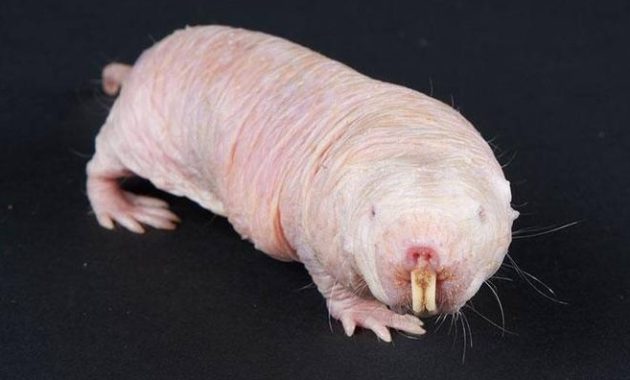
Based on scientific fact, there are 30 different kinds of mole rats found on earth. These have a unique shape and body frame similar to the walrus. The mole rat is typically a rodent.
Therefore, they are capable of living in any kind of community such as the insects. In this comparison, the naked mole rat is led by a queen who is the biggest mole rat and has the capacity to bear a young mole rat.
Many of these mole rats could live in the mountain or mountain plain wherein they have the ability to breed. Mole rats prefer a sandy soil suited to the lifestyle they want.
Most of the large species of the naked mole rats could be found in the sub-Saharan Africa. However, the blind mole rats could be found in the Middle East, North Africa, and the southeastern Europe.
14) Narwhal
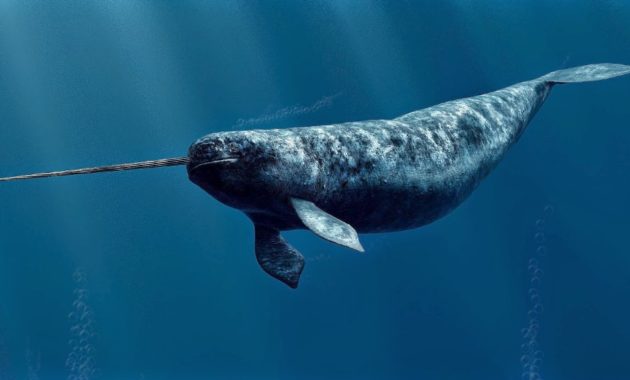
If you are familiar with unicorn of the sea, these one fits right into the description. The Narwhal is commonly found in the Artic coastal Waters and rivers.
For the males, the average growth of would fall to about 8.8 feet. This pertains to the sword like tooth growth that has a spiral shape. Most of the scientists have no clue for the purpose of the tusks found in the male.
Perhaps, the reason would be to attract the female during the mating time or to warn off possible suitors who are coming for the female. The female has a grown tusk of his own but not as large compared to the male.
Since these creatures of the Arctic waters, they are most seen or found in the Canadian or Russian coasts. They could also be found in the Arctic Ocean and along the coasts of Canada and Greenland.
15) Neapolitan Mastiff
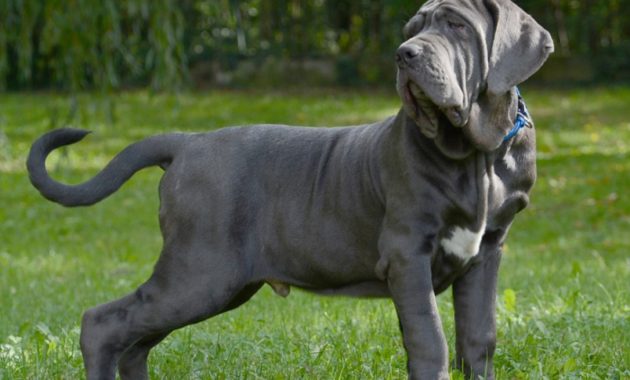
These kinds of dog usually stay at home and are very protective of their home and family You would not see them wander off that far from their home.
When it comes to strangers, they are very wary of them. However, if they see their master is relaxed with the stranger, they would soon relax. They do not bark at once unless ordered by the master.
16) Newfoundland
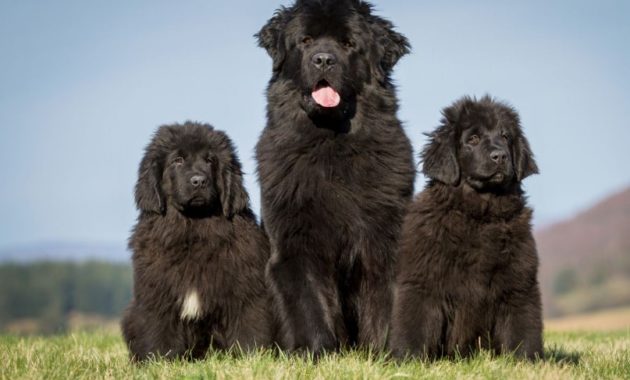
This breed or dog traces its origin in the Canadian islands found in Newfoundland.
These dogs are widely known for the amazing strength they have, size and loyalty You could also rely on them for the ability they have in performing rescue missions.
The excellence it has on water rescue operations rely on the large size and muscles it has. If you are going to keep these as a pet, you should pay attention to their good grooming for a week.
They are trusted to be loyal and loving to their master so if you would keep them as pets, you are lucky.
17) Nightingale
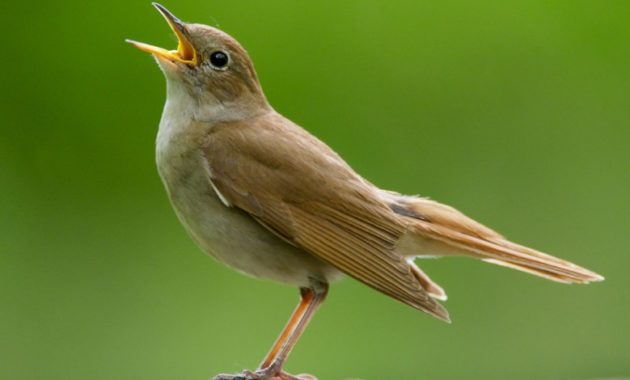
The Nightingale belongs to the thrush family and often mistaken as the robin. The female Nightingale has the similar size as the robin so the description is often mistaken to be true.
Since it is a morning bird, you would typically hear it sing. In the urban setting, the song of the Nightingale could be heard as a background noise over the horizon.
18) Norfolk Terrier
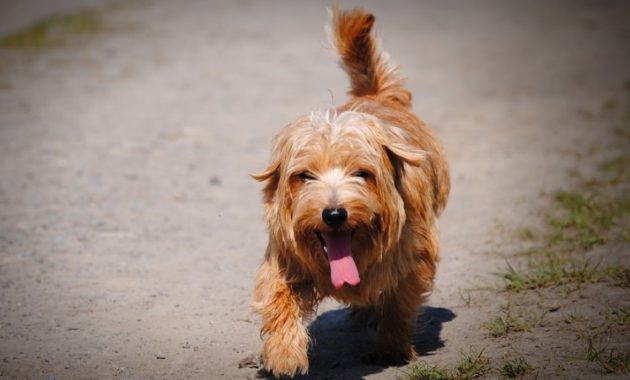
The Norfolk is described as a fearless but you should not get worried. They are often harmless in case the need requires it. This type of dogs normally works in large packs of dogs.
They are suitable to be held as pets and loved by children. The activities they would do would depend upon the environment they are living.
They could be alone for too long because they would easily get bored. Hence, a good company for the dog should be kept so that for it to avoid of avoid getting out of the house.
19) Norwegian Forest
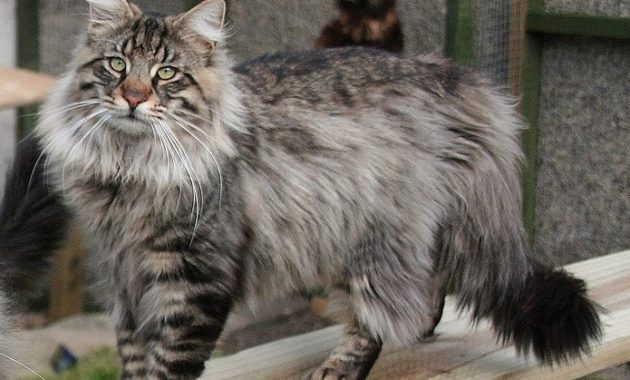
The Norwegian forest could be found in the Scandinavian regions of Northern Europe. They have the capacity to adapt to the cooler climates surrounding the region.
They are typically seen with a thick fur that is perfect for living the cool part of the region. Aside from this, a large thick layer of fat is assured as an advantage for heating purposes.
20) Northern Cardinals
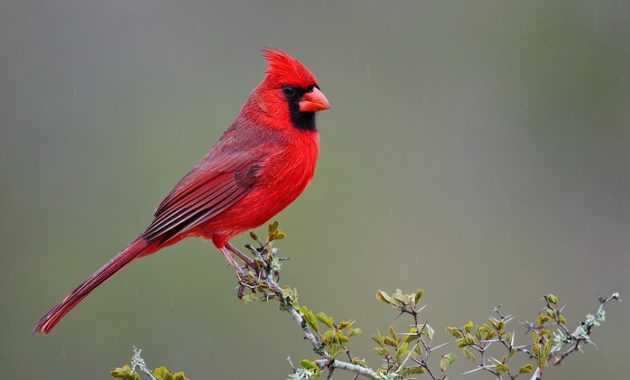
This is commonly called as the red bird and mostly found in the Northern Americas. This type of bird ii known to be midsized but has the length of about 21–23 cm (8.3–9.1 in).
The mask and the red color are very distinct of its features together with the crest it has.
The male has a color of vibrant red while the female has a dull reddish olive. The given color combinations provide a uniqueness in the bird together with the attractiveness in it.
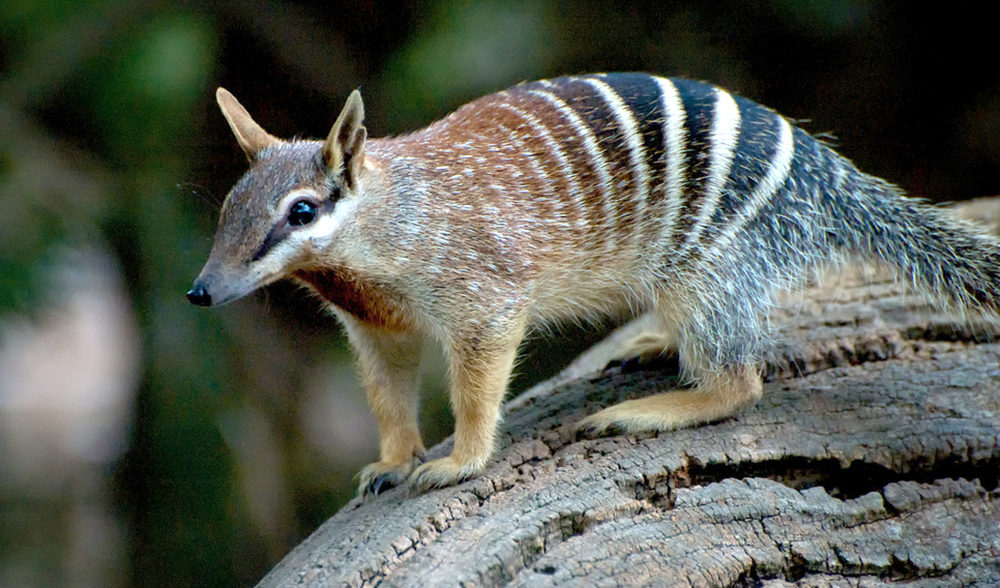
Hi,
Thanks for this valuable information.